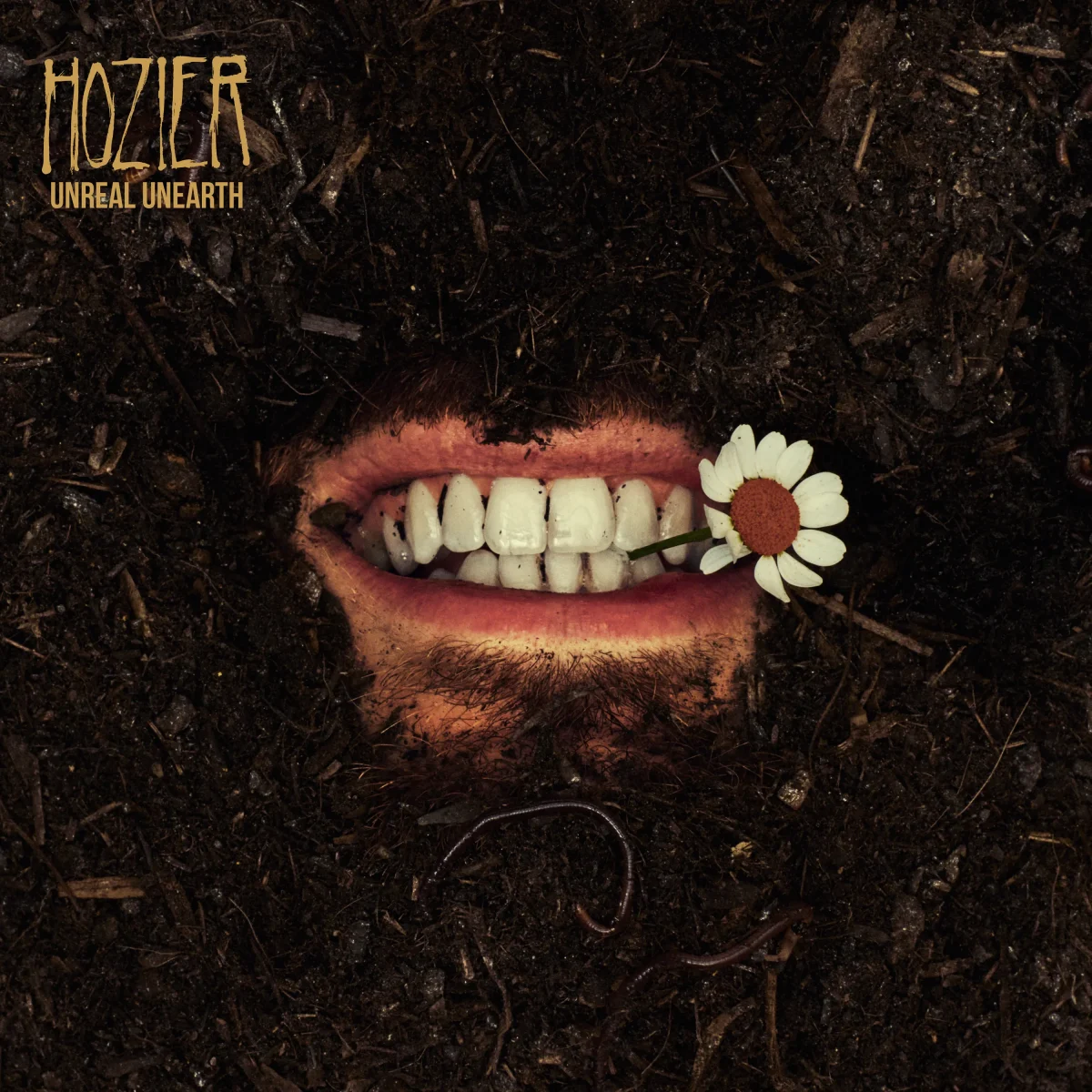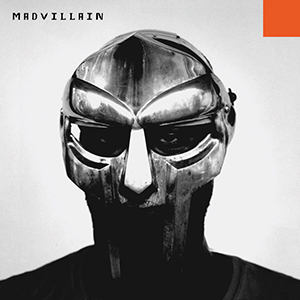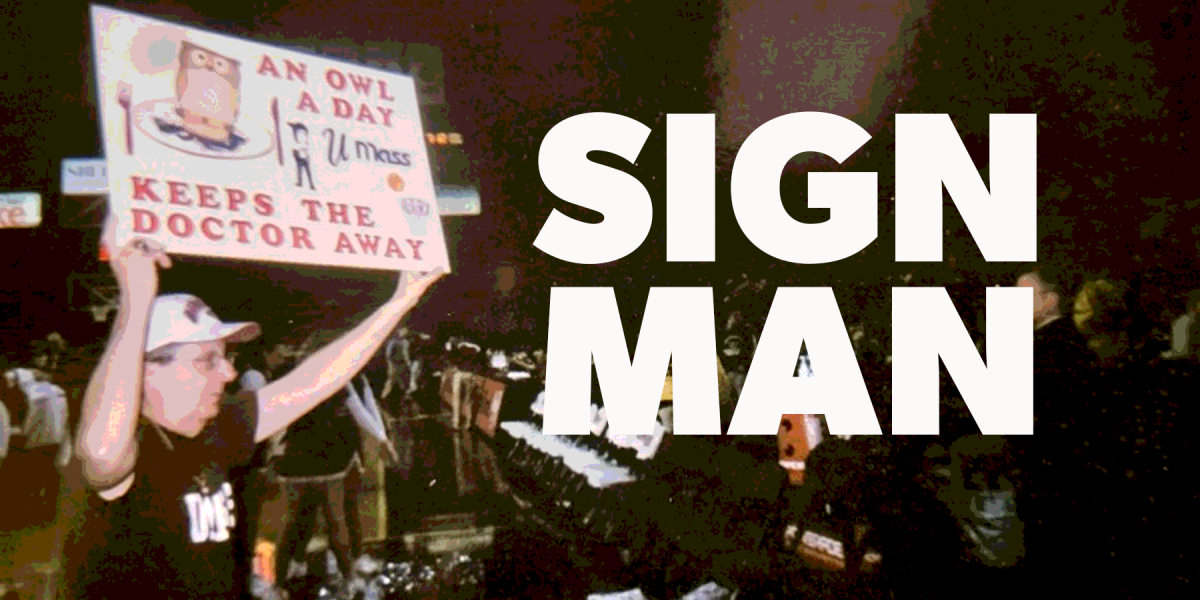
On “I’m Glad I Found You,” one of the more syrupy but poignant tracks on Neil Young’s 35th studio album, “Storytone,” Young croons over swelling strings, “So many people don’t understand, what it’s like to be like me.” It is safe to say that he is probably right. Always one of rock music’s most chameleonic and elusive creative geniuses, Young’s work has consistently confounded and defied any and all expectations.
The ease with which Young has given into some of his more extreme creative impulses yielded results both stellar and baffling. “Storytone,” in the extensive annals of Young’s discography, will go down as an album built on one of those extreme creative impulses.
Recorded with a 92-piece orchestra, a smaller 60-piece orchestra and an old-fashioned big band, “Storytone,” released Nov. 4, recalls a bygone era in its presentation. But as much as it strives to carve out yet another niche in Young’s catalog, “Storytone” cannot escape its unusually sub-par songwriting and the arrangements it relies so heavily on.
Young’s specialty has always been minimalism. From the immortal one-note solo in his 1969 classic, “Cowgirl In the Sand,” to the simple accessibility of his hit 1972 album, “Harvest,” Young has always been able to take one element of a song and hammer on it until it becomes the song’s integral element. This side of Young is the reason why the album’s almost absurdly lavish arrangements clash with Young’s style in such an ugly way. At times, it feels more like you are watching “Gone with the Wind” or “Casablanca,” rather than listening to a Neil Young album. “Storytone” begs for less production than the royal treatment that it gets.
The album and its high-production concept are somewhat undercut by the “deluxe” edition of the album, which offers listeners a chance to hear the same ten songs, but performed by Young alone with his acoustic guitar or a piano. Inevitably, it invites comparisons between the two takes on each of the album’s tracks. Unfortunately, the bonus edition, with Young’s solo renditions, ends up being far superior to the original mix.
On many of the album’s tracks, the differences in quality are quite drastic, most notably on the album’s most highly-publicized track, the environmental anthem, “Who’s Gonna Stand Up?”
The orchestral version of the track drowns the song’s direct lyrics – “end fracking now” goes one line – in over-dramatic strings and choral backing vocals. The solo version however, is sung with disarming vulnerability by Young. Without the manufactured drama of 92 other musicians to take into account, Young is fully able to highlight his impassioned plea for action.
The bluesy “Say Hello to Chicago” has a beautiful, rambling feel in Young’s solo, piano-driven rendition. On the album version however, Young seemingly tries to be Frank Sinatra, with a big band giving the song full swing-jazz treatment. As diverse an artist as Young is, singing jazz is not one of his great talents, and the sonic mismatch of this song with big band accompaniment is cringe-inducing, to say the least.
“Tumbleweed,” a saccharine but somewhat touching ballad, also packs a much heavier punch in its solo rendition. In the album version, Young’s solo performance with a mandolin is completely overpowered by the orchestra who try once again to dramatically reproduce the emotion Young is already conveying fairly well on his own. The same goes for “Glimmer” and “When I Watch You Sleeping.”
It is not all bad news for the orchestral version, however. The aforementioned “I’m Glad I Found You” is actually complimented fairly well by its orchestral additions. For once, the strings don’t seem to be pushing too hard for melodrama, and are content with following Young’s lead. The dry blues of “I Want to Drive My Car” is actually improved upon, with the solo version’s monotonous riff being expanded upon with the big band’s jazzy attack.
Overall, “Storytone” mostly misses the mark not only because of its confounding duplicity but its weak songwriting. Considering that Young just left his wife of 36 years, one would expect a break-up song or two in there. But Young seems to be remarkably unfazed by the event as it never seems to rear its head on the mostly content album.
“Storytone” will go down as one of those strange brainchildren of Young’s that never quite worked out. Other than “Who’s Gonna Stand Up,” a worthy and strong environmental anthem, “Storytone” can be safely stowed away as a lesser Neil Young album. It is an experiment for sure, but ultimately not a very successful one.
Jackson Maxwell can be reached at [email protected].



















Ron • Nov 5, 2014 at 8:19 am
You state: “one would expect a break-up song or two in there”. Have you actually listened to the lyrics? About half the songs are about his breakup and finding new love.